What Is More Important for an Ironman Triathlete: a Tougher Training Plan or More Recovery Time?
Improving one’s physical abilities consists of a simple principle - loading and recovery. Loading is getting the body from point A to point B for a certain amount of time and intensity. Recovery is the remainder of the time where we are not loading the body. The point being is that most of the time we are in a state of recovery.
In order to improve, we will put our bodies through hours of suffering after which we will remain injured and bruised (from the inside), and at this point, immediately after the load, we will reach a state of regression - a point where the body’s physical ability is lower than it was before we started training (due to fatigue and tissue damage).
In order to bring the body to a state that is stronger than it was before it began to train, proper recovery must be done, and the tissues must be given enough time to properly rebuild, with the hope that these will become stronger in order to be ready for the next load.
Want better achievements?
Here are Tom Marmarelli's tips for improving results in competitions, which rely on improving muscle recovery to streamline the workout process and enhance the body's ability to get from the starting line to the finish line faster.

1. Get Some Rest
Resting is the best recovery tool and needs to be taken seriously. Professionals sleep 8-10 hours a night and also aim to take a friendly nap during the day. It is clear to all of us that we are not professionals and do not have extra daytime hours.
It’s important to remember to get at least seven hours of sleep at night, and it is sometimes preferable to miss a training session and sleep more. It is likely that an athlete that regularly sleeps for 6 hours or less at night will not survive an intense training period and in fact, will experience a deterioration inability, or injure prematurely.
Practical recommendation: Go extra early to bed. at least one day per week.
2. Take Ice Baths

There are several ways to perform ice baths for recovery, but the principle is similar in all of them. When muscles are in a cooled environment, post-workout inflammation processes are inhibited.
One option is to fill the bathtub with ice and stay there for up to 10 minutes - about two to three hours after the workout. Another option is to rinse cold water for a minute on the sore muscles and immediately thereafter switch to very hot water for several minutes; this process is thought to encourage metabolism by shrinking and dilating the blood vessels in the muscles.
It’s important to note that an ice bath might inhibit adaptation as inflammation is not always a bad thing. The athletic lifestyle we maintain does indeed weigh on our bodies from the inside as well as from the outside. Sweat, sun exposure, chlorine, contact with used equipment, and the tight clothing that makes it difficult for our bodies to breathe have their own impact.
Daily use of body and bath preparations designed to help maintain healthy, strong, and aesthetic skin and hair is also important, among other things, to reduce possible distractions while performing dehydrating, itchy, and painful activities.
Recommendation: Try one of the processes listed above once or twice a week after an intense workout.
3. Pressure (compression)

The use of muscular pressure techniques has been used by athletes all over the world for many years. The basic assumption is that putting pressure on the muscles encourages blood flow, improves the return of the blood from the limbs back to the heart, and improves metabolism and waste clearance from the muscles after training or in between workouts.
Using compression sleeves during or after training, or using a device such as Normatec boots increases intermittent blood flow by changing atmospheric pressure. Studies have shown a substantial improvement in blood flow, especially in remote areas of the body. Treatment is easy and safe with no side effects.
Furthermore, this treatment boosts blood flow very effectively, spreading lactate and mobilizing lymph fluid to injured areas - that is, activating the body's immune system to deal with injuries. Using such devices promotes physical movement and improves the overall well-being of the body in a process that simulates an active recovery and promotes recovery in 48 hours.
4. Active Recovery
Loading the muscles under a very low load is considered to encourage muscle recovery if done at the right intensity and at the right time. It is worth remembering that for the beginner athlete, there may not be room for active recovery sessions because even in a short and easy workout there is a certain load.
Likewise, activities that combine high-impact sports like running usually do not encourage recovery unless done for very short periods of time, on a soft surface, and with minimal intensity. The recommendation is to combine a recovery ride of 30-40 minutes once a week at cadence 80-90 and at Zone 1 heart rate intensity. You can also combine light swimming once a week for up to half an hour at a very slow pace, without using any equipment like paddles.
Conclusion
In conclusion, recovery is a particularly important component of the body's processes of improvement, and without adequate recovery, body overloading will result in regression rather than improvement.
For your next training plan, Marmarelli suggests the following:
- Sunday: Half-hour of very easy cycling.
- Monday: Take an ice bath.
- Wednesday: Use pressure accessories on the couch at home.
- Thursday: Sleep-in later than usual.
- Saturday afternoon: Take a nap.

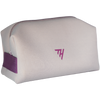
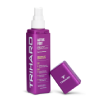


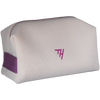




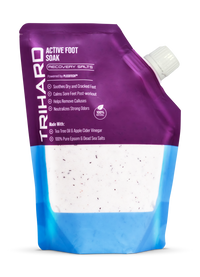




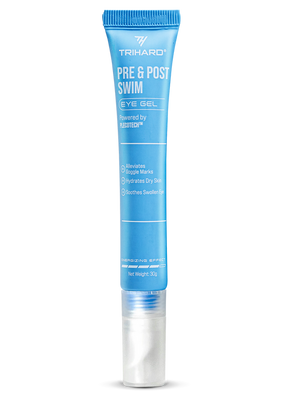












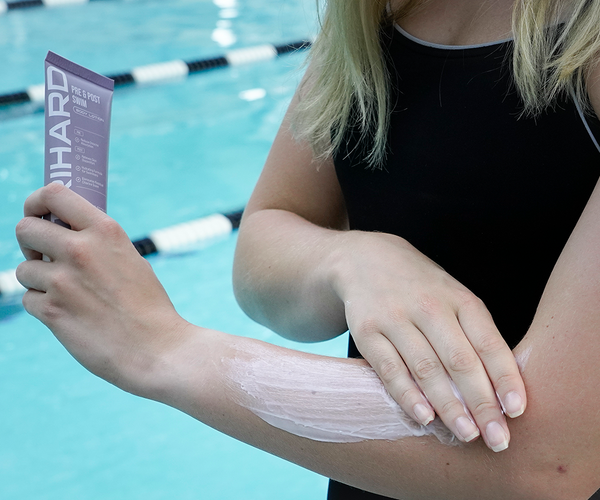

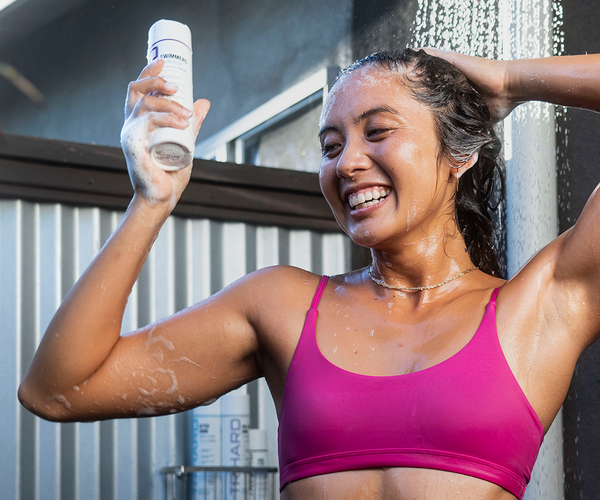
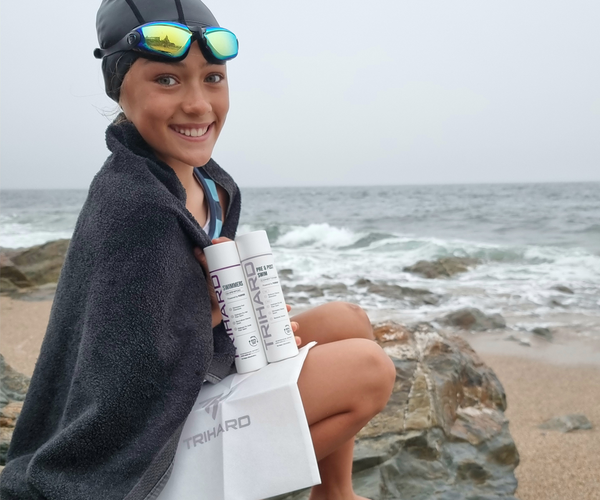
Dejar un comentario